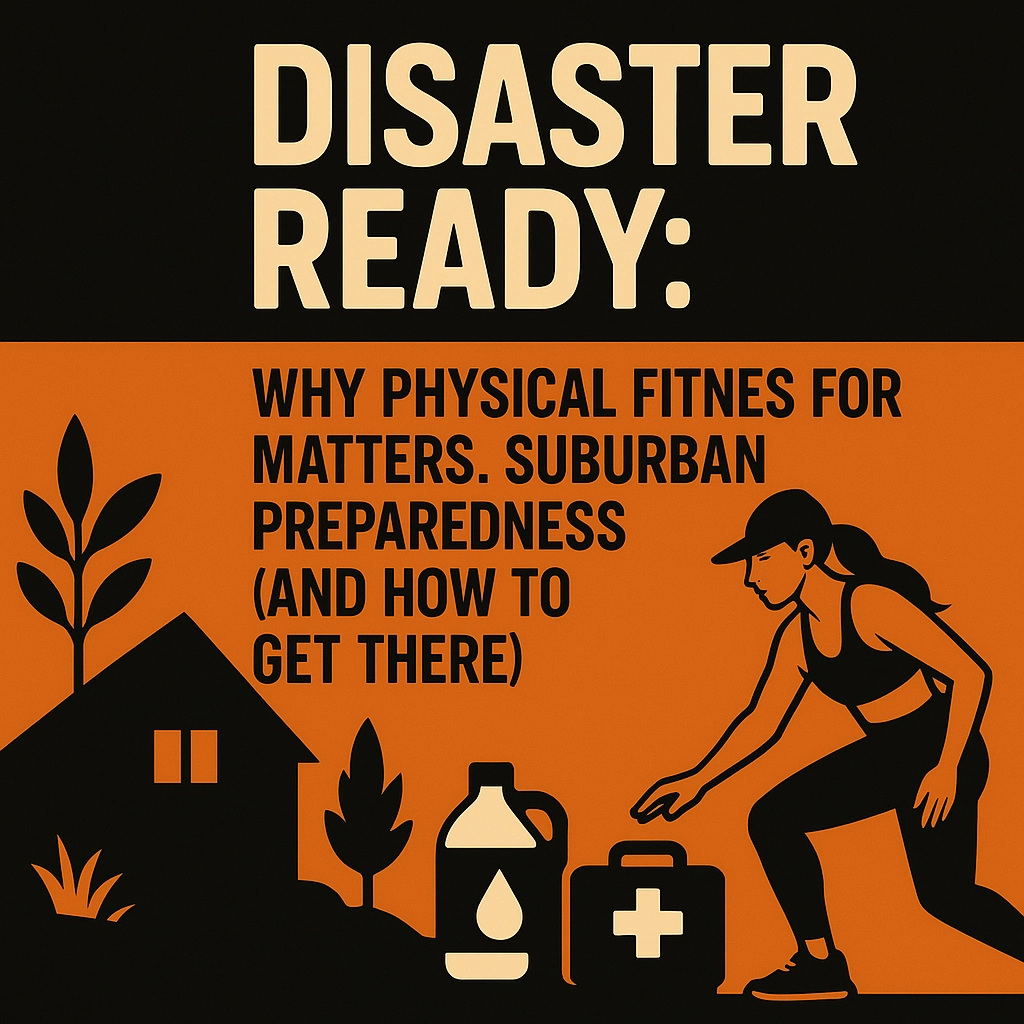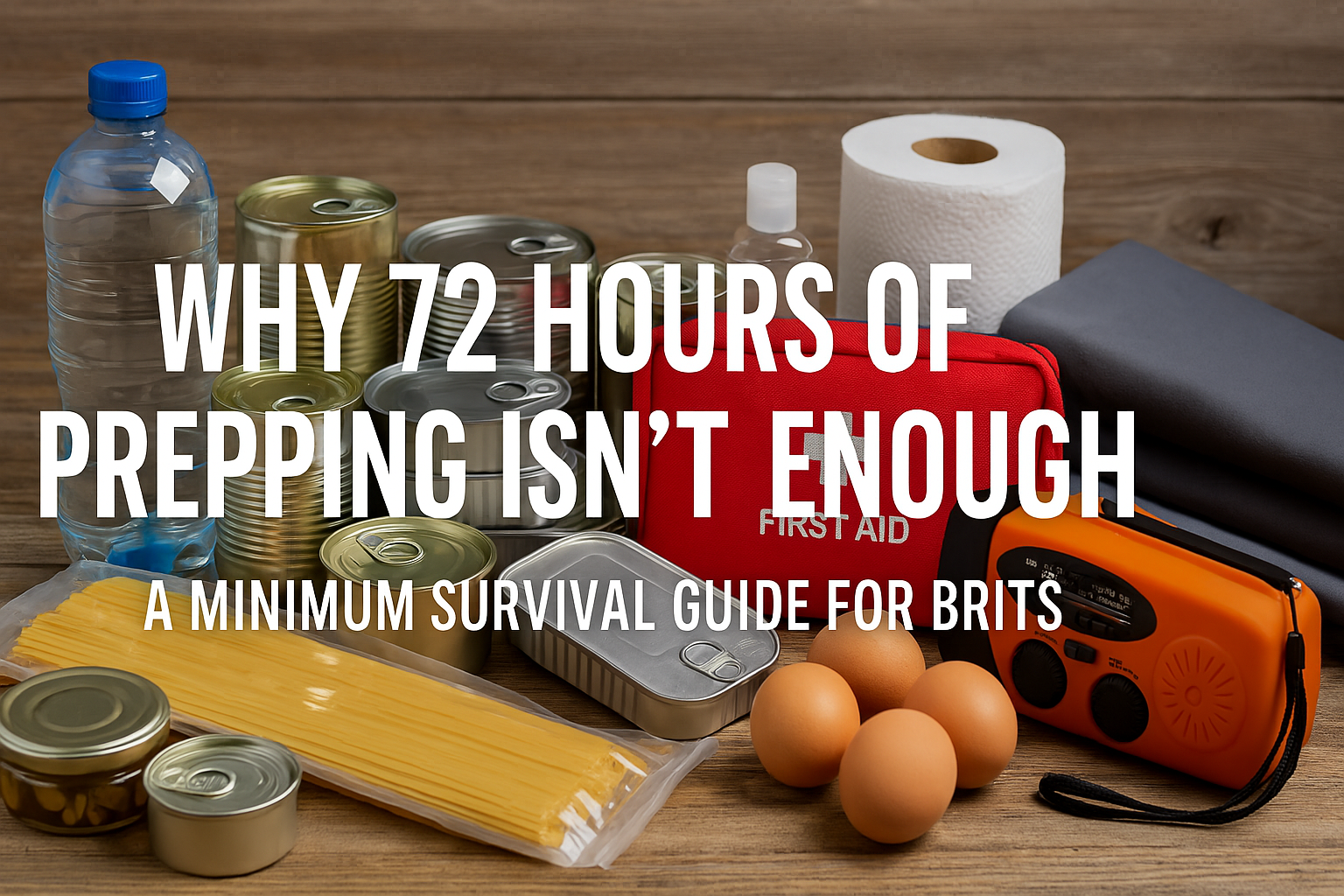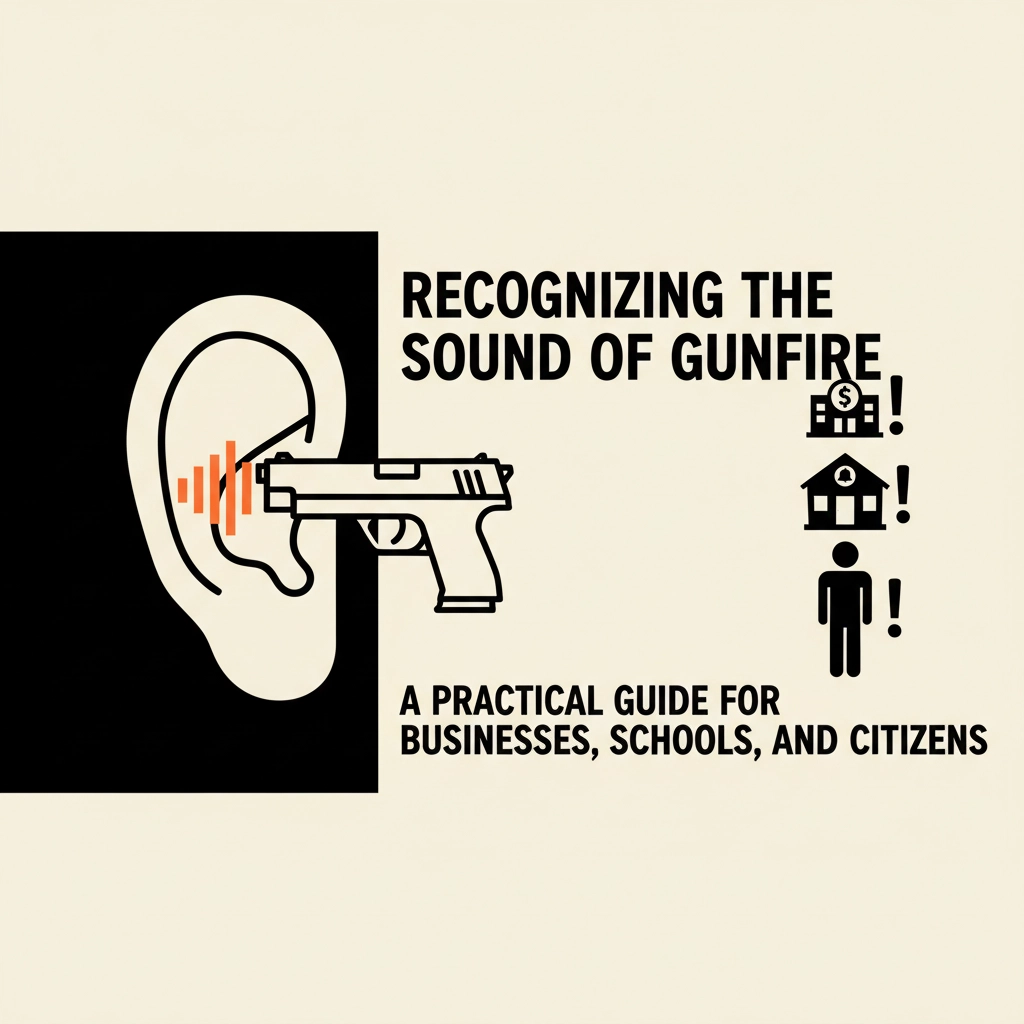
“I thought it was firecrackers…”
“Maybe a car backfiring?”
“It sounded like balloons popping…”
We’ve all heard these phrases countless times in news interviews following tragic shootings. There’s almost always that moment of denial, that split second where witnesses convince themselves they’re hearing something harmless. It’s a natural human response, but in active shooter situations, those precious seconds of hesitation can mean the difference between life and death.
The uncomfortable truth is that most of us have never heard real gunfire up close. Our reference point comes from movies and TV shows, where gunshots sound nothing like they do in reality. This disconnect creates a significant gap in our ability to recognize genuine threats and respond appropriately.
The Psychology of Denial in Crisis Situations
When we hear unexpected loud noises, our brains immediately try to make sense of them by comparing them to familiar sounds. This process, called “normalcy bias,” causes us to interpret threatening situations as normal or non-threatening. It’s the exact psychological mechanism that keeps people from evacuating during natural disasters until the last possible moment.
In the context of gunfire, this bias is particularly dangerous because most people associate the sound with harmless alternatives. After all, we encounter backfiring cars, construction noise, and fireworks far more often than active shooters. Our brains naturally lean toward the more common, less threatening explanation.
But here’s what you need to understand: in a genuine emergency, your survival depends on overriding this natural tendency. The moment you hear something that might be gunshots, you need to assume it is gunshots and act accordingly.
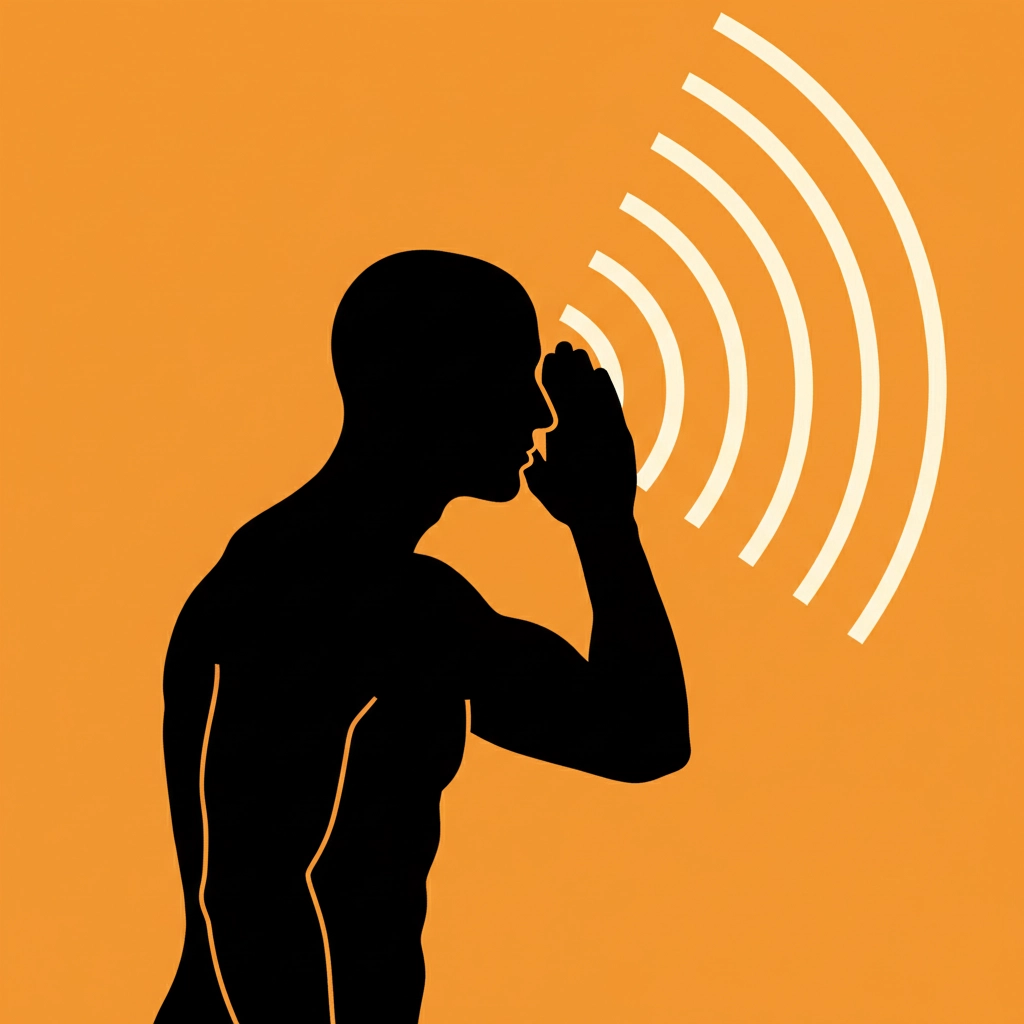
What Gunfire Actually Sounds Like
Forget everything you’ve learned about gunshots from Hollywood. Here’s why: when a gun fires, the rapidly expanding propellant gases create what’s called a “muzzle blast.” This blast lasts only 3 to 5 milliseconds and creates an almost instantaneous rise time that produces that characteristic sharp crack. For supersonic ammunition, there’s also a shockwave that lasts just 200 to 400 microseconds, adding to the overall acoustic signature.
Key Characteristics of Real Gunfire:
Sharp, Crackling Sound: Real gunshots sound more like breaking wood or a heavy-duty stapler than the movie “boom.”
Extremely Loud: Gunshots measured from just one meter away often register louder in decibels than chainsaws, jackhammers, and even jets taking off 100 feet away.
Brief Duration: Unlike sustained sounds like car engines or construction equipment, gunshots are over almost instantly.
Potential Rhythm: Rapid-fire weapons can create rhythmic patterns, but this isn’t always the case.
The specific sound also depends on several factors:
- Firearm size: Larger firearms tend to produce deeper sounds, while smaller guns create the characteristic crack
- Environment: Indoor shots reverberate and seem louder, while outdoor shots may echo off buildings
- Distance: Sounds change as they travel, becoming more muffled with distance
Common Misidentifications That Cost Lives
Understanding what gunfire doesn’t sound like is just as important as knowing what it does sound like. Here are the most common misidentifications that lead to deadly delays:
Firecrackers or Fireworks
This is probably the most common mistake, and it’s understandable. Both gunshots and firecrackers produce sharp, popping sounds. The key difference is that fireworks typically come in clusters or sequences, while gunshots may be more sporadic or follow different patterns depending on the type of weapon and the shooter’s actions.
Car Backfiring
Older vehicles occasionally backfire, creating a loud popping sound. However, backfires usually happen once and are often accompanied by visible exhaust or the sound of an engine. Gunshots, especially from semi-automatic weapons, may come in rapid succession without any mechanical sounds.
Construction Noise
Nail guns, pneumatic tools, and heavy machinery can create sharp, loud sounds. The difference is that construction noise is usually sustained and rhythmic, happening during business hours in areas where construction is visible.
Balloons Popping
Large balloons, especially those made of Mylar, can create surprisingly loud pops when they burst. However, balloon pops are typically isolated incidents, not repeated sounds.
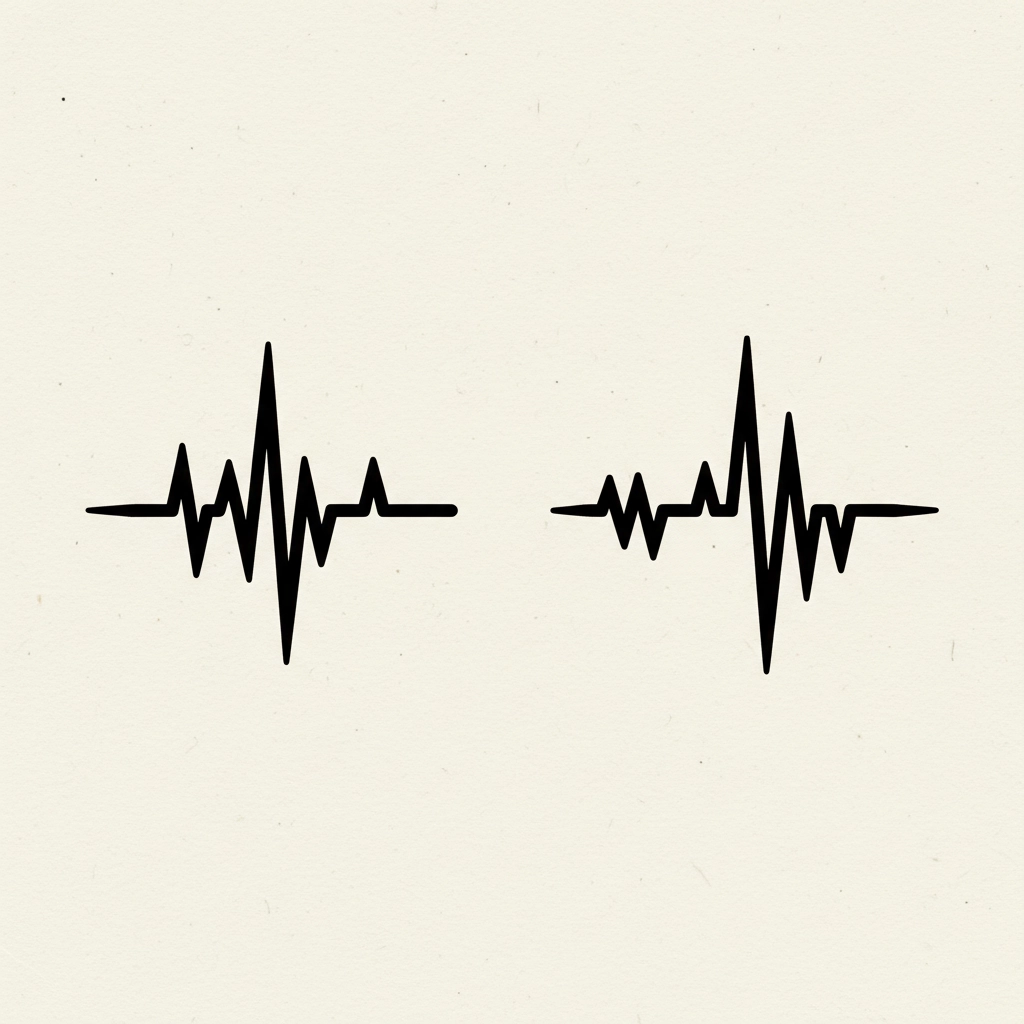
Environmental Factors That Complicate Recognition
The environment in which gunshots occur significantly affects how they sound and how easily they can be identified. Understanding these factors can help you make better decisions in critical moments.
Indoor vs. Outdoor Acoustics
Indoor gunfire is incredibly loud and reverberates off walls, ceilings, and floors, making it sound louder and more echo-like than outdoor shots. This reverberation also makes it extremely difficult to determine the direction of the shots. Don’t waste time trying to figure out exactly where the sound is coming from; focus on getting to safety.
Outdoor gunfire can echo off tall buildings, creating multiple sound reflections that arrive at different times. This can make a single gunshot sound like multiple shots or make it difficult to determine the actual number of shots fired.
Urban vs. Rural Settings
In dense urban environments, sounds bounce off buildings and can seem to come from multiple directions simultaneously. Rural areas might allow sounds to travel further but with less distortion.
Weather Conditions
Wind, rain, and temperature can all affect how sound travels. Cold air carries sound further than warm air, while wind can carry sounds away from you or muffle them entirely.
Immediate Response Protocol: What to Do When You Hear Potential Gunfire
The moment you hear a sound that could be gunfire, you need to shift into survival mode. Here’s your step-by-step response:
Step 1: Assume It’s Real
Don’t spend even one second convincing yourself it might be something harmless. The cost of being wrong is too high. Immediately treat any potential gunfire as actual gunfire.
Step 2: Assess Your Immediate Environment
Quickly scan your surroundings for:
- Nearest exits
- Potential cover or hiding places
- Other people who may need help (but don’t risk your own safety)
- Any indicators of the threat’s location
Step 3: Run, Hide, Fight
This isn’t just a workplace safety slogan; it’s a proven survival strategy developed by law enforcement and security experts.
Run: If you can safely exit the area, do so immediately. Don’t worry about belongings, don’t stop to help others unless you can do so without risk, and don’t assume the threat is contained to one area.
Hide: If you can’t safely exit, find a room with a lockable door, turn off the lights, silence your phone, and stay away from windows. Barricade the door if possible.
Fight: Only as a last resort, when you’re face-to-face with a shooter, fight for your life. Use whatever’s available as a weapon and commit fully to your actions.
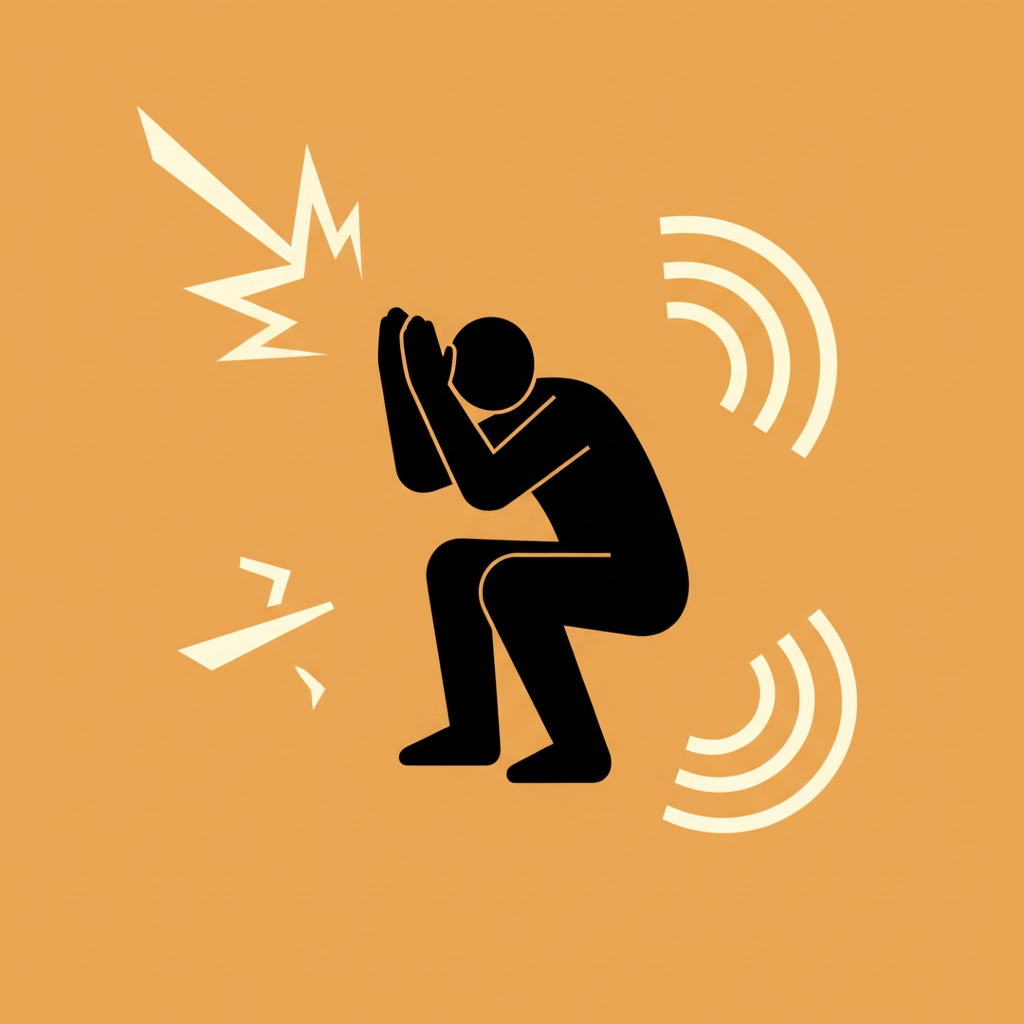
Specific Guidance for Different Settings
Schools
Educational environments present unique challenges because they often have long hallways, multiple floors, and hundreds of people who may panic. School staff should be trained to:
- Recognize gunfire immediately without second-guessing
- Know evacuation routes from every area of the building
- Understand lockdown procedures and when to use them
- Practice communication protocols that don’t rely solely on PA systems
Students should be taught that the sound of gunfire means immediate action, not curiosity. The natural teenage tendency to investigate unusual sounds can be deadly in active shooter situations.
Workplaces
Business environments often feature open floor plans that make it difficult to identify the source of sounds. Office workers should:
- Avoid wearing headphones that might mask important sounds
- Know multiple exit routes from their work area
- Understand their company’s emergency procedures
- Keep emergency supplies (if permitted) in easily accessible locations
Public Spaces
Malls, restaurants, and other public venues present the challenge of being unfamiliar environments with multiple potential exit points. When in public:
- Always identify at least two exits when you enter any space
- Stay aware of your surroundings rather than focusing solely on your phone
- Trust your instincts if you hear suspicious sounds
- Don’t assume others will react appropriately; be prepared to act independently
Training and Preparation: Beyond Just Recognizing the Sound
Recognizing gunfire is just the first step. Proper preparation involves multiple components:
Audio Training
Many organizations now provide audio training that includes recordings of actual gunfire in different environments. This training helps people develop the auditory recognition skills necessary for quick identification. If your workplace or school doesn’t offer this training, consider advocating for it or seeking it out independently.
Mental Rehearsal
Regularly think through what you would do if you heard gunfire in different locations you frequent. Mental rehearsal helps overcome the freeze response that can occur during high-stress situations.
Physical Fitness
Your ability to run, hide, or fight may depend on your physical condition. Regular exercise and maintaining basic fitness levels can be lifesaving skills.
Emergency Supplies
Consider keeping basic emergency supplies in locations where you spend a significant amount of time. This might include:
- A small flashlight
- Basic first aid supplies
- Emergency contact information
- Cash for transportation
The Technology Factor: Balancing Awareness with Modern Life
While technology offers potential solutions for early detection of threats, it also creates new vulnerabilities. Consider these factors:
Headphones and Situational Awareness
Wearing headphones, especially noise-canceling ones, significantly reduces your ability to hear gunfire and other critical audio cues. If you must wear headphones in public, keep the volume low enough to hear your surroundings, or consider using only one earbud.
Smartphone Distractions
Our tendency to focus on our phones reduces overall situational awareness. Make a conscious effort to periodically scan your environment, especially in unfamiliar or crowded locations.
Emergency Alert Systems
Many schools and businesses now have emergency alert systems that can notify people via text or app notifications. However, don’t rely solely on technology; your ears and instincts remain your first line of defense.
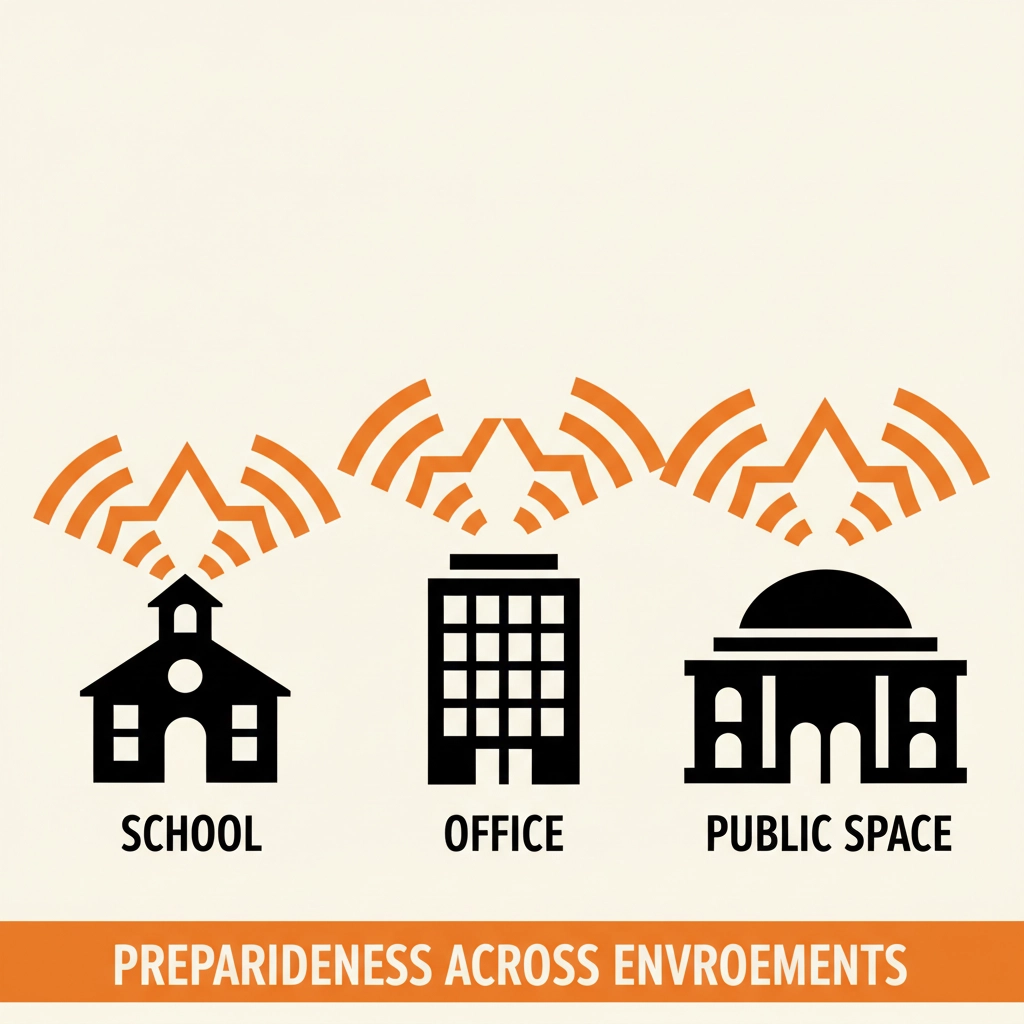
The Harsh Reality: Why This Knowledge Matters
According to FBI data, the average active shooter incident lasts between 2 to 5 minutes. Law enforcement response times, while improving, still average around 3 minutes for priority calls in urban areas and can be much longer in rural locations. This means that in most cases, the incident will be over before help arrives.
Your ability to recognize gunfire and react immediately isn’t just about personal survival; it’s also about potentially saving others. Every second of delay in recognizing a threat reduces the chances of survival for everyone in the area.
Recent events across the United States have unfortunately provided numerous examples of how quick recognition and appropriate response can save lives, while hesitation and denial have led to tragedy. The 2022 incident at Robb Elementary School in Uvalde, Texas, highlighted the critical importance of immediate response, while successful evacuations at other locations demonstrate how proper training and quick recognition can prevent casualties.
Building a Culture of Preparedness
Creating safer environments isn’t just about individual preparedness; it’s about fostering a culture where people feel comfortable taking immediate action without fear of embarrassment or social judgment. This means:
Normalizing Safety Responses
Organizations should make it clear that taking immediate action based on potential threats is always the right choice, even if it turns out to be a false alarm.
Regular Training and Drills
Just as we practice fire drills, we need to practice active shooter responses with the same regularity and seriousness.
Open Communication
People should feel comfortable discussing safety concerns and reporting suspicious activities without fear of being dismissed or ridiculed.
Moving Forward: Your Action Plan
Now that you understand how to recognize gunfire and the importance of immediate response, here’s what you should do:
- Practice Active Listening: Spend time in different environments, really listening to the sounds around you. This helps you establish a baseline understanding of normal versus abnormal sounds.
- Share This Knowledge: Discuss these concepts with family members, coworkers, and friends. The more people who understand these principles, the safer everyone becomes.
- Advocate for Training: If your workplace or children’s school doesn’t provide adequate active shooter training, advocate for it. This training saves lives.
- Trust Your Instincts: When you hear something that might be gunfire, don’t second-guess yourself. Act immediately and sort out the details later.
- Stay Informed: Keep up with best practices for emergency response as they evolve with new research and lessons learned from real incidents.

Key Takeaways for Survival
The reality is that recognizing gunfire and responding appropriately has become a necessary life skill in modern America. While we all hope never to need this knowledge, being prepared can mean the difference between life and death.
Remember these critical points:
- Real gunfire sounds like sharp cracks or pops, not movie-style booms
- Your first instinct to rationalize the sound as something harmless could be deadly
- Environmental factors make it difficult to determine direction, so focus on escape rather than investigation
- The average incident lasts only 2–5 minutes, making immediate response crucial
- Training and mental preparation are just as important as recognition skills
Most importantly, trust your instincts. If you hear something that might be gunfire, assume it is and take immediate action to protect yourself and others. It’s better to respond to a false alarm than to hesitate during a real emergency.
The goal isn’t to live in fear, but to live prepared. By understanding how to recognize real threats and respond appropriately, you take control of your safety and potentially save lives. In our current reality, this knowledge isn’t optional; it’s essential survival preparation that everyone should possess.
Stay alert, stay prepared, and remember that your survival depends on your ability to recognize danger and act decisively when it matters most.




